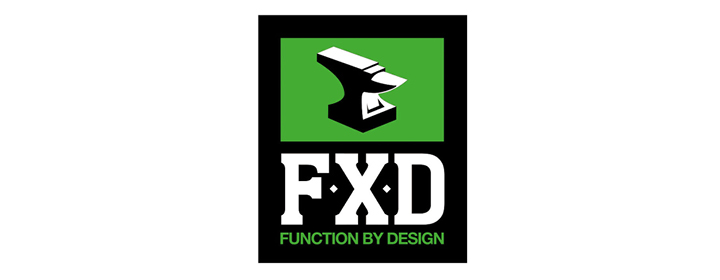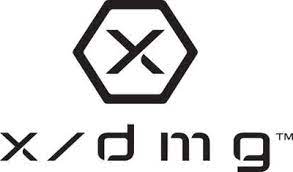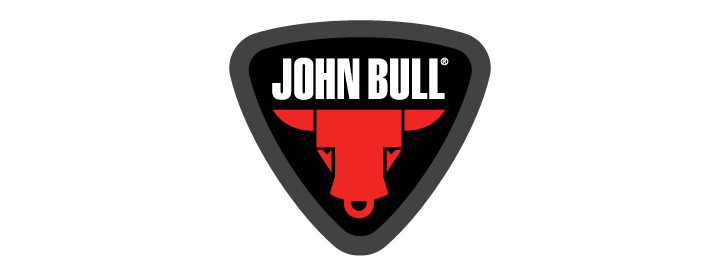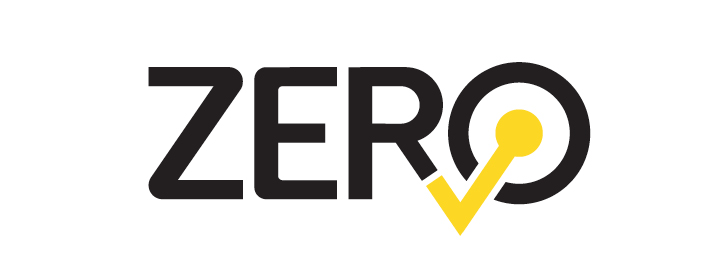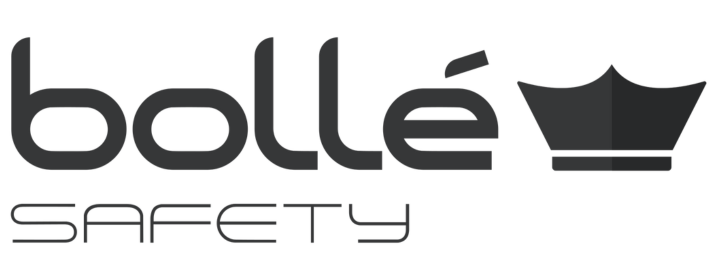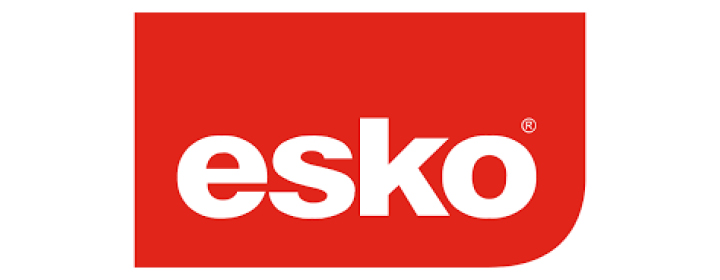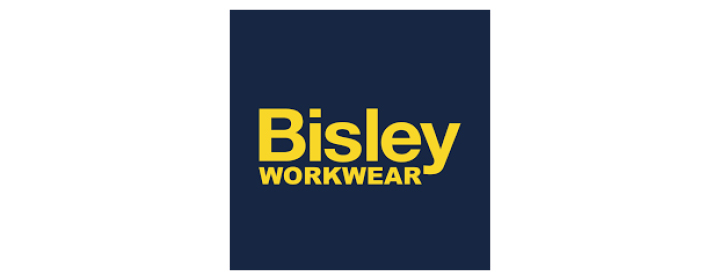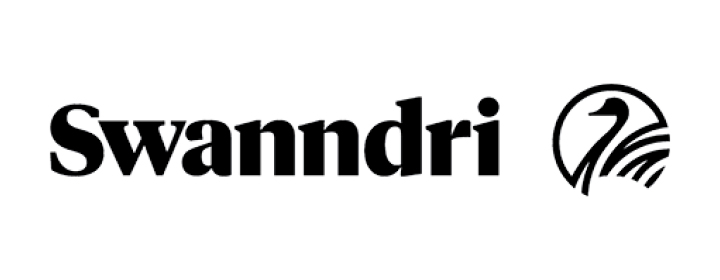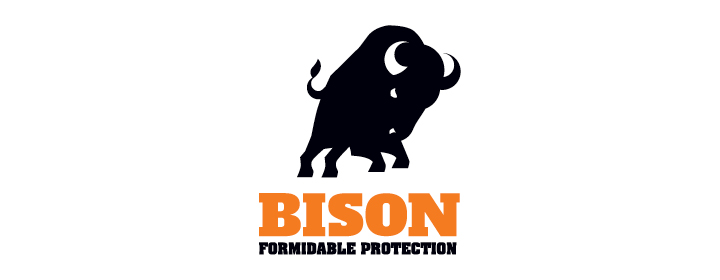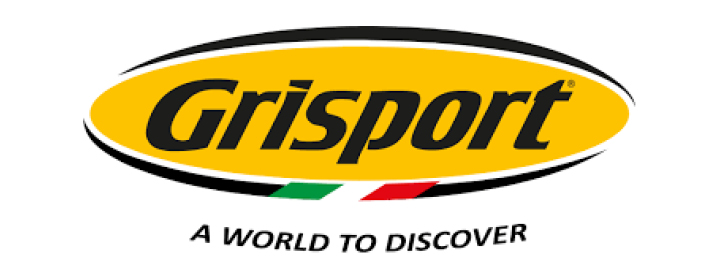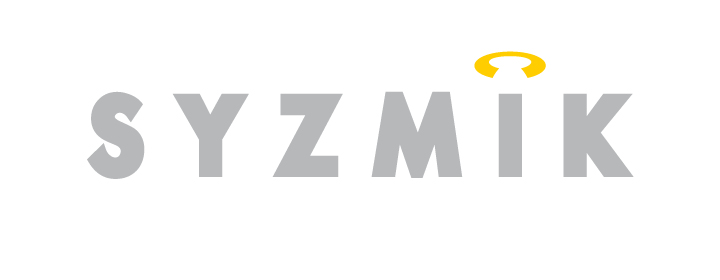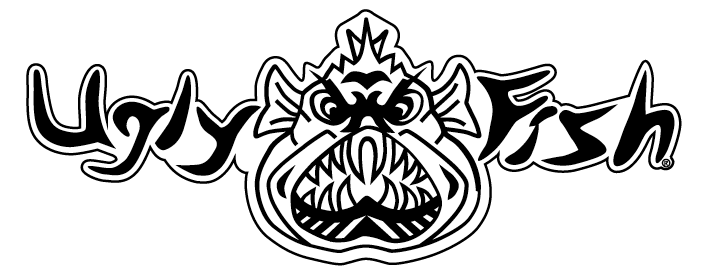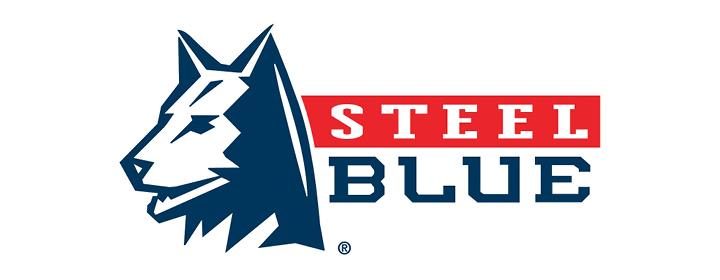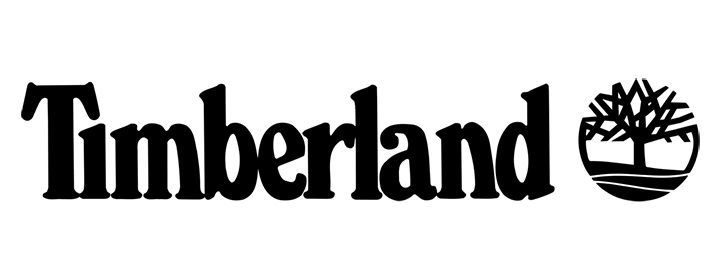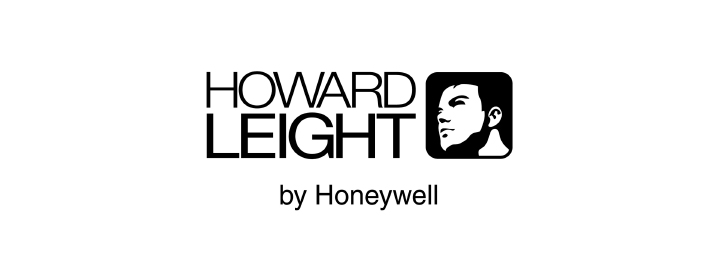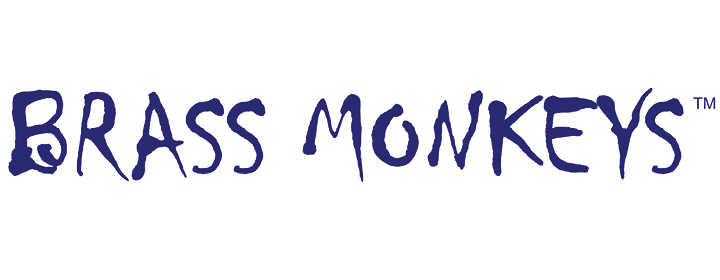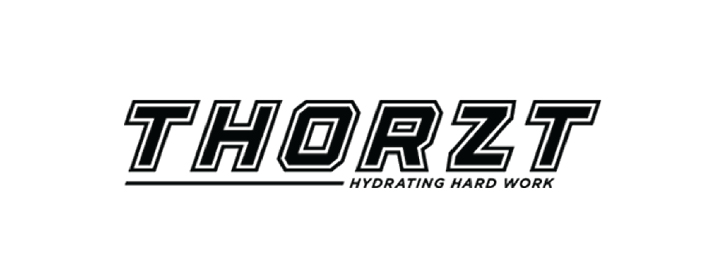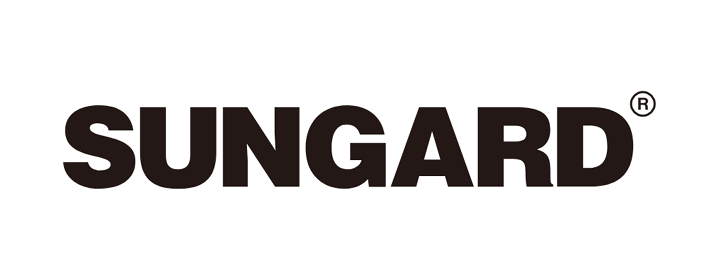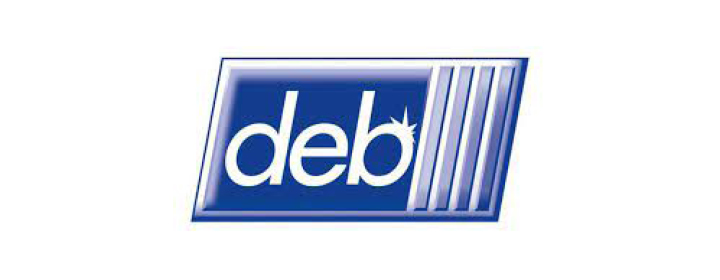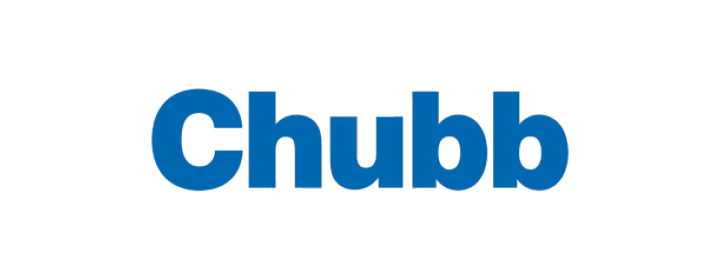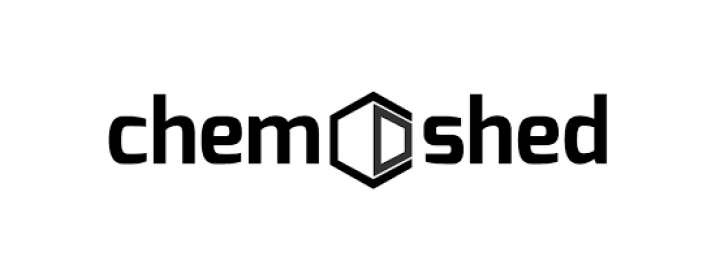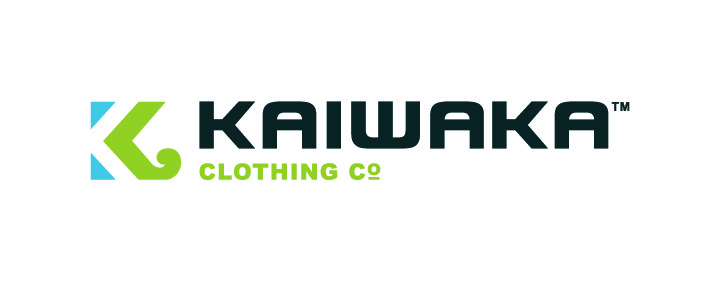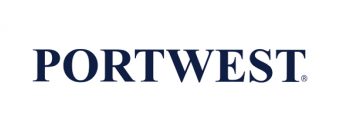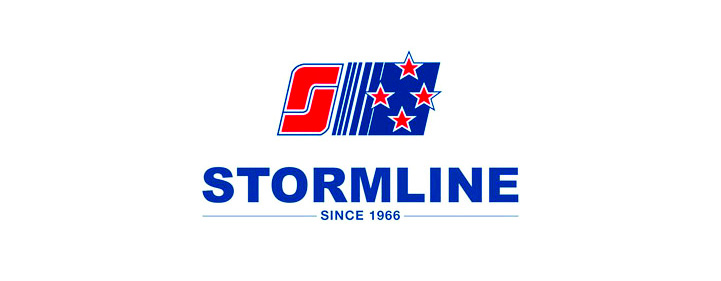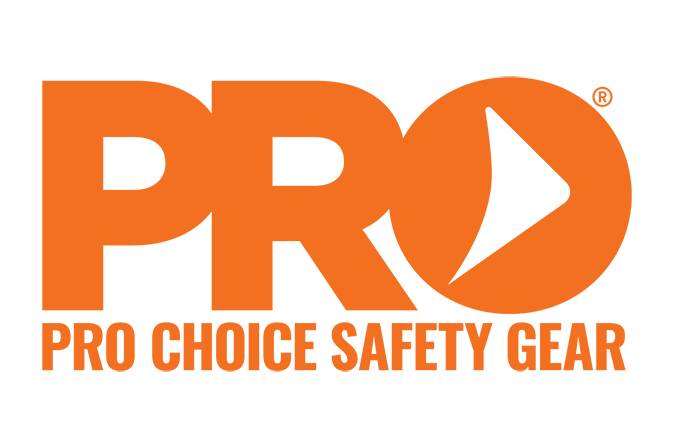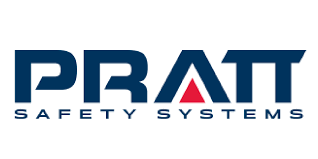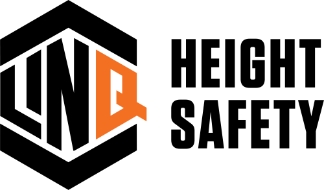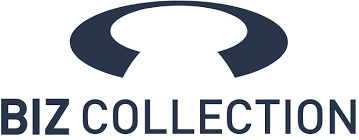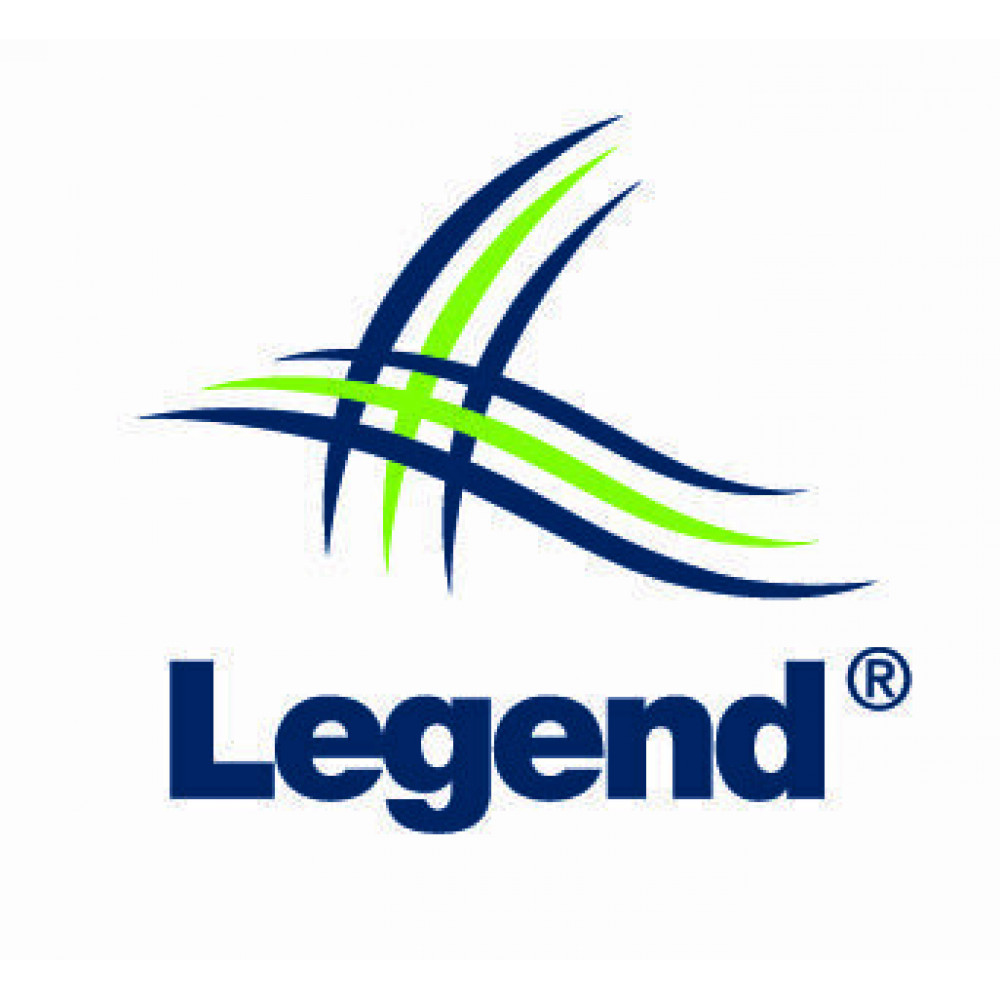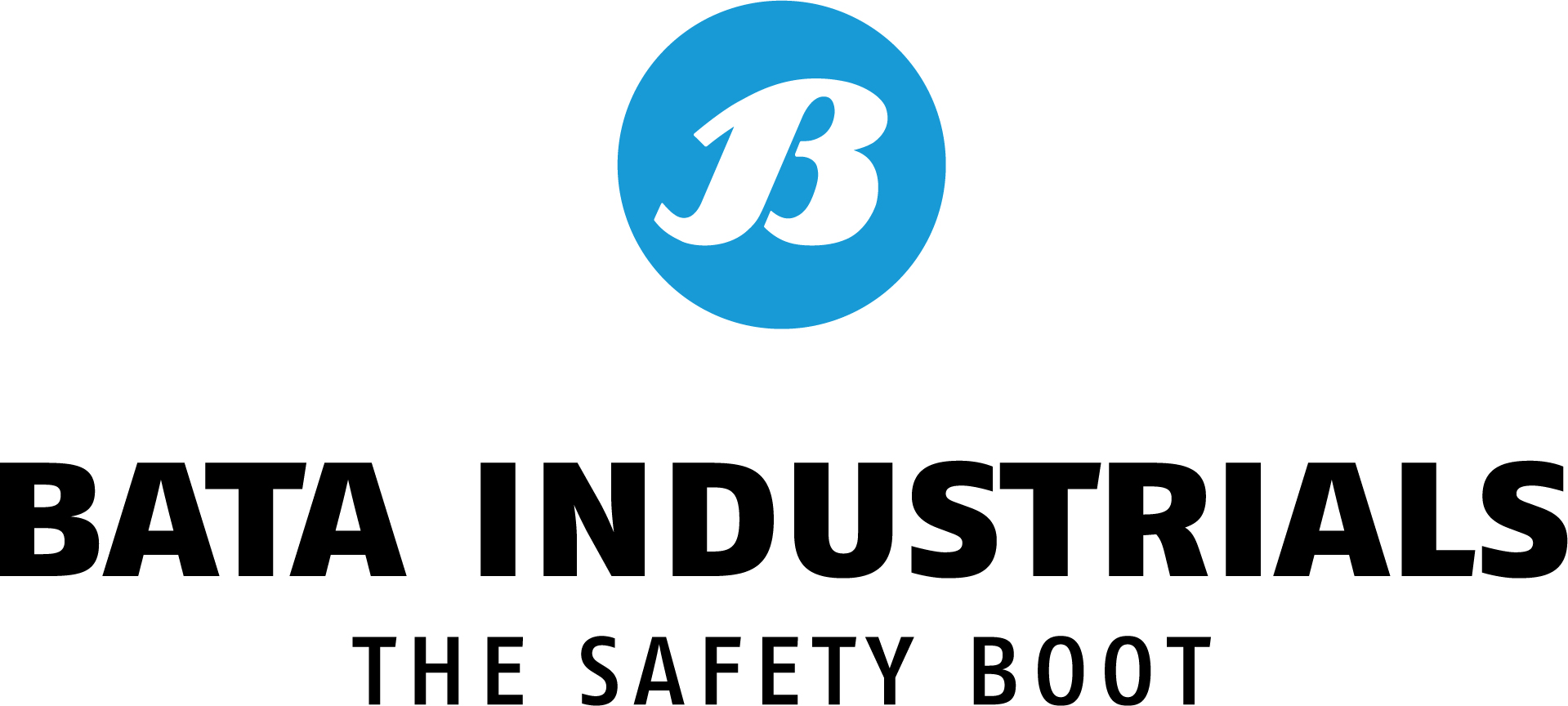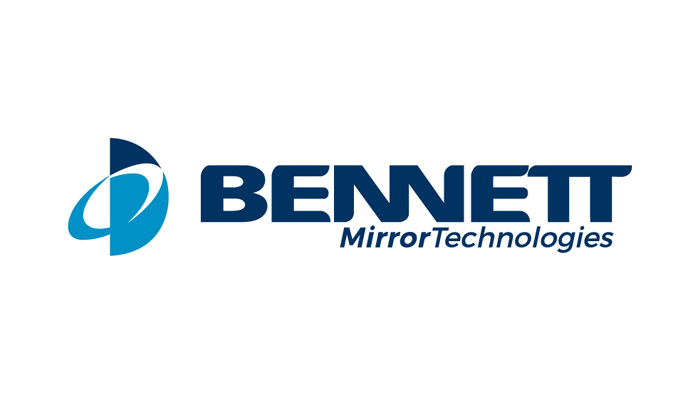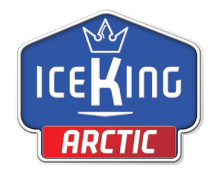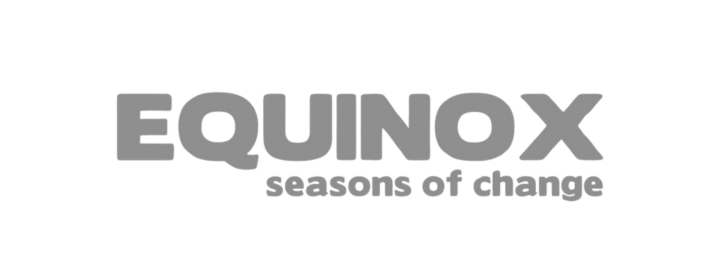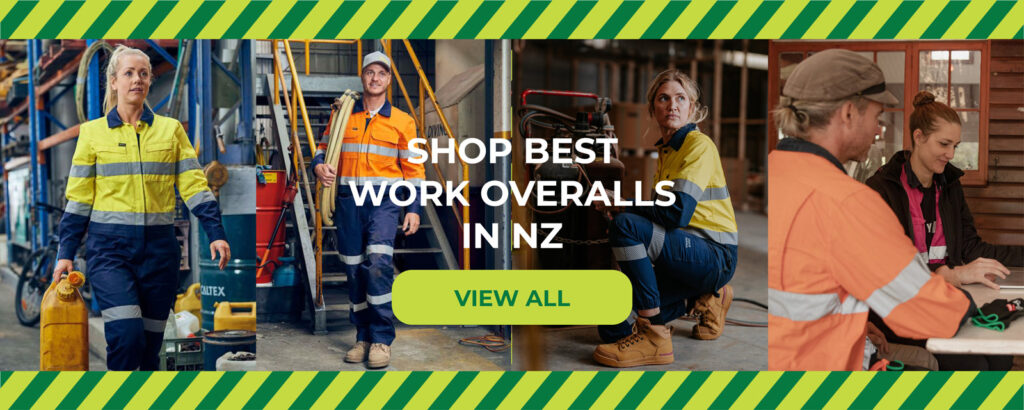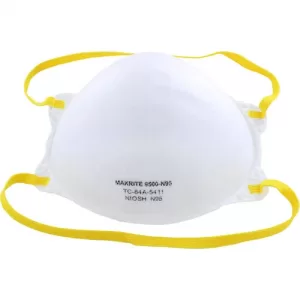At Safety 1st NZ, we know choosing the right work overalls in New Zealand is crucial. It’s not just about comfort, but also about safety and durability.
Work overalls serve as a protective layer. They shield you from workplace hazards, weather elements, and even minor accidents.
But how do you select the best pair?
This guide will help you navigate through the myriad options available. We’ll delve into the key features that define high-quality work overalls.
From material and fit to safety features and utility, we’ll cover it all. We’ll also highlight the top brands offering work overalls in NZ.
By the end of this guide, you’ll be well-equipped to make an informed choice. Let’s get started.
Understanding the Importance of Quality Work Overalls
Quality work overalls are more than just clothing. They provide a protective shield against the diverse challenges faced daily in rugged work environments. From sharp tools to harsh weather, their role is fundamental to ensuring safety and comfort.
The durability of these garments cannot be overstated. Quality overalls endure wear and tear, extending their life and providing cost-effectiveness. They also offer features such as reinforced seams and protective padding, which are crucial in mitigating occupational risks. Investing in well-made work overalls is a proactive approach to safeguarding oneself on the job.
Key Features to Consider When Selecting Work Overalls
When searching for the best work overalls, several features demand consideration. A good pair of overalls isn’t just about aesthetics; it’s about functionality and practicality. Your job’s demands should guide your choice.
Key Features to Consider
- Material and durability
- Comfort and fit
- Safety and protection
- Utility and functionality
Material is where it all begins. The right fabric can affect comfort, protection, and durability. Cotton and polyester blends offer breathability. They are perfect for long workdays. Denim, on the other hand, provides toughness and strength. It’s ideal for jobs requiring resilience.
Comfort and fit go hand in hand. Ill-fitting overalls can impede movement and productivity. Adjustable straps and elasticized waistbands add to wearer comfort. These features allow for a snug yet flexible fit.
Safety and protection are indispensable in hazardous work environments. Features such as flame resistance and water-proofing protect workers from dangers. Reflective strips increase visibility, crucial for low-light conditions.
Utility features make overalls functional. Pockets for tools and essential items make tasks easier. Loops and knee pad pockets further enhance work efficiency. They cater to specific needs, like for jobs requiring frequent kneeling or carrying tools.
Top Brands and Options for Work Overalls in NZ
Top Work Overall Brands in NZ – Based on What’s Actually Selling
In New Zealand, there’s no shortage of options when it comes to work overalls — but the real standouts aren’t always the brands you see on billboards. Our sales data shows that Safe-T-Tec, Bison, and Hard Yakka consistently lead the pack. These brands are trusted across industries like construction, logistics, and primary production for one simple reason: they’re built for the job.
This means that when it comes to the best work overalls in NZ, the brands that dominate the checkout aren’t just well-known — they’re well-worn by tradies, contractors, and industrial crews across the country. Ans they are consistently chosen for their durability, comfort, and no-nonsense performance on the job.
These brands aren’t about hype — they’re about hard work. Whether it’s cotton bibs, zip-front styles, or hi-vis day/night options, our customers keep coming back to the gear that gets the job done.
If you’re looking for reliable, site-ready overalls that can handle whatever the day throws at them, this is where your search ends.
If you’re after workwear that works as hard as you do, these are the names to know.
Evaluating Customer Reviews and Testimonials
Customer reviews and testimonials can be invaluable. They offer real-world insights into comfort, durability, and fit. Reading various reviews can guide your purchasing decisions.
Seek out reviews on trusted online platforms and forums. Honest feedback from fellow professionals helps assess quality and performance. This step ensures that your chosen work overalls meet your expectations.
Compliance with NZ Safety Standards
Selecting work overalls involves more than just price and comfort. It’s crucial to ensure they meet New Zealand’s safety standards. Proper compliance provides assurance that the overalls offer necessary protection.
Standards cover various factors such as flame resistance, high visibility, and chemical protection. These regulations ensure overalls suit different environments safely. Prioritizing certified overalls contributes significantly to workplace safety and compliance.
Cost vs. Quality: Making the Right Investment
When choosing work overalls, consider both cost and quality. A balance ensures you get good value. High-quality overalls might cost more upfront, but they often last longer, saving money over time.
Cheap options might seem attractive initially but often wear out quickly. It’s wise to invest in durable, well-made overalls. This approach minimizes replacements and reduces long-term expenses, offering more value in the long run.
Special Considerations for Different Industries
Different industries have unique requirements for work overalls. For construction and heavy industry, durability and protection from physical hazards are paramount. This includes reinforced seams and water-resistant materials.
For those working with chemicals or in potentially hazardous environments, chemical-resistant or flame-retardant overalls are vital. These provide crucial safety benefits, reducing risks associated with dangerous substances.
In agriculture and outdoor work, comfort is key. Breathable fabrics help maintain comfort throughout the day. These overalls also often include weatherproof features, protecting against harsh weather conditions common in New Zealand’s diverse climates.
Where to Buy the Best Work Overalls in NZ
Finding the perfect work overalls in New Zealand is easier than ever. Popular retailers offer a wide variety of options tailored to different trades. Online shopping platforms provide detailed comparisons and customer reviews to guide your purchase.
In addition, local stores often carry high-quality brands and provide personalized fitting services. Some even offer loyalty programs for repeat customers, ensuring you get the best deal on durable and protective workwear.
Conclusion: Making an Informed Choice
Selecting the right work overalls is crucial for safety and comfort. By understanding key features and assessing your specific needs, you can make a wise investment. Always prioritize quality and compliance to ensure your overalls withstand the demands of your industry. Make informed decisions for your workwear needs in New Zealand.
Back
